In my years of cultivating cold water aquariums, I’ve learned that the right selection of plants can significantly impact the health and aesthetics of your aquatic environment. Through this article, I’ll share insights and practical advice on choosing, planting, and maintaining cold water aquarium plants.
You’ll learn about the various species that thrive in lower temperatures, the benefits they offer both to the water’s ecosystem and its inhabitants, as well as how to ensure their growth and longevity.
From Anubias to Java Fern, and beyond, my aim is to equip you with the knowledge to create a thriving underwater garden in your cold water aquarium, based on firsthand experience and technical understanding of aquatic horticulture.
Key Takeaways
Based on my extensive experience and observations in incorporating cold water aquarium plants into various setups, here are the essential takeaways I’d like to share with you:
- Adaptability is Key: Select plants that are well-adapted to cooler environments, such as Java Fern and Anubias. These species’ ability to thrive in lower temperatures ensures your aquarium remains vibrant and healthy year-round.
- Natural Filtration System: Cold water plants like Hornwort and Water Sprite serve as natural filters, absorbing nutrients and toxins. This reduces the need for mechanical filtration and improves water quality, making your aquarium more sustainable.
- Create a Natural Habitat: Incorporating a variety of plants can mimic the natural habitats of your fish and invertebrates, offering them shelter and breeding grounds. This has been shown to improve their overall well-being and encourage natural behaviors.
- Aesthetic and Psychological Benefits: A well-planted aquarium is not only visually appealing but also offers a calming effect that can reduce stress and enhance your space’s tranquility. Watching your underwater garden thrive is incredibly rewarding.
- Stability in the Ecosystem: Plants play a crucial role in maintaining water stability by absorbing excess nutrients and aiding in the nitrogen cycle. This balances the aquatic environment, leading to healthier fish and fewer algae problems.
Characteristics of Cold Water Aquariums
Through my extensive experience in cultivating cold water aquariums, I’ve come to appreciate their unique characteristics and the nuanced approach required for their successful management. This section aims to articulate the defining aspects of cold water habitats, focusing on their inherent features, incorporating natural elements, and understanding their benefits for both plant health and aquatic life.
A. Definition and Features of Cold Water Habitats
Cold water aquariums, by definition, are aquatic environments maintained at lower temperatures, typically ranging between 60 to 75°F (15 to 24°C). Unlike their tropical counterparts, these settings do not rely on external heating sources, making them more akin to the temperate zones of the world’s natural bodies of water. A standout feature of these ecosystems is their stable temperature, which fosters a distinct variety of plant and animal life adapted to cooler conditions.
B. Natural Elements in Cold Water Aquariums: Rocks, Gravel, and Cool Water Temperature
Incorporating natural elements such as rocks and gravel not only mimics the aesthetic of a cold water habitat but also plays a crucial role in the biological filtration process. These substrates support beneficial bacteria that break down waste, contributing to a healthier environment. The cool water temperature itself is vital, slowing down metabolism rates in aquatic life, which can lead to longer lifespans and reduced disease prevalence.
C. Benefits of Cold Water Environments for Plant Health and Aquatic Life
The benefits of maintaining a cold water environment are manifold. Firstly, the cooler temperatures are conducive to the growth of certain plant species that thrive under these conditions, enhancing oxygenation and water quality. For aquatic life, such environments minimize stress, encouraging natural behavior and breeding. The lower temperatures also hinder the proliferation of pathogens, contributing to a more robust ecosystem.
Expanding on these insights, it’s essential to recognize the dynamism of cold water aquariums:
D. Adaptability of Species to Cold Water Conditions
Species adaptability is a critical factor in the success of cold water aquariums. Plants like the Hornwort and animals such as the Goldfish exhibit exceptional resilience and compatibility with cooler water, showcasing the importance of species selection based on environmental conditions.
E. Challenges in Maintaining Cold Water Aquariums
The challenges of maintaining these environments should not be underestimated. Temperature fluctuations, especially in warmer climates, necessitate vigilant monitoring and potential use of cooling equipment to maintain the desired range. Additionally, the limited availability of plants and animals suited to these conditions requires careful planning and sourcing to achieve a balanced, sustainable ecosystem.
Types of Suitable Cold Water Aquariums Plants
In my experience maintaining cold water aquariums, I’ve found a variety of plants that not only survive but thrive in cooler environments. Each species brings its unique aesthetic and benefits to the ecosystem, supporting a dynamic and healthy aquatic habitat. Here are some of my top picks, based on firsthand experience and their proven adaptability to colder waters.
1. Anubias barteri
Anubias barteri is a hardy plant that does exceptionally well in cold water conditions, requiring minimal light. Its robust leaves provide excellent shelter and breeding grounds for fish and invertebrates.
2. Java Fern (Microsorum pteropus)
Java Fern is almost a staple in cold water aquarium setups. It attaches to rocks and driftwood, growing in low light. Its long, green leaves create a natural-looking underwater landscape.
3. Amazon Sword (Echinodorus amazonicus)
Despite its preference for warmer waters, I’ve successfully grown Amazon Sword in cooler aquariums. It becomes a magnificent centerpiece, offering lush, broad leaves that aquatic life enjoys.
4. Java Moss (Taxiphyllum barbieri)
Java Moss is exceedingly versatile, thriving in a range of temperatures. It’s perfect for cold water aquariums, offering a dense mat where fry can hide and thrive.
5. Water Sprite (Ceratopteris thalictroides)
Water Sprite is another adaptable plant; its fine leaves filter the water and provide a hiding place for fish. It can float or root in the substrate, making it versatile in design arrangements.
6. Cryptocoryne wendtii
This plant is known for its ability to adapt to various conditions, including cooler temperatures. Cryptocoryne wendtii adds a touch of color with its green to reddish-brown leaves.
7. Vallisneria spiralis
Vallisneria is a classic choice for a cold water setup, growing tall and creating a dynamic background. It reproduces quickly, providing excellent coverage and oxygenation.
8. Hornwort (Ceratophyllum demersum)
Hornwort is a floating plant or can be anchored in the substrate. It’s excellent for filtering and oxygenating the water, a vital aspect of any cold water aquarium.
9. Dwarf Sagittaria (Sagittaria subulata)
Ideal for the foreground, Dwarf Sagittaria spreads across the bottom, creating a lush carpet. It’s easy to grow and maintains a short stature, making it perfect for smaller tanks.
10. Water Wisteria (Hygrophila difformis)
Though typically found in warmer waters, Water Wisteria can adapt to cooler temperatures. Its unique, lace-like leaves add a delicate texture to the aquarium scape.
11. Rotala rotundifolia
This plant is known for its fast growth and beautiful pink to red hues under strong lighting, a stunning addition that can adapt to cooler environments.
12. Cryptocoryne undulata
With its wavy, green leaves, Cryptocoryne undulata brings a subtle elegance to the colder aquarium, thriving under a variety of conditions.
13. Ludwigia repens
A personal favorite, Ludwigia repens, provides a splash of color with its green and red leaves. It’s surprisingly resilient in cooler temperatures if provided with enough light.
14. Pennywort (Hydrocotyle spp.)
Pennywort is a versatile plant that can be used as a floating plant or attached to hardscape, thriving in a range of temperatures and providing a unique texture.
15. Java Fern Windelov (Microsorum pteropus ‘Windelov’)
This variant of Java Fern has finely split tips, adding an intricate detail to your cold water setup. Like its cousin, it’s undemanding and robust.
Additional Recommendations:
- Brazilian Pennywort (Hydrocotyle leucocephala) offers fast-growing, light green leaves that contrast beautifully with darker plants.
- Dwarf Anubias (Anubias nana) stays small, making it perfect for foreground placements.
- Java Fern Needle Leaf (Microsorum pteropus ‘Needle Leaf’) has narrow leaves that sway gracefully in the water current.
- Waterweed (Elodea canadensis) is excellent for oxygenation and provides a natural hiding place for fish.
- Dwarf Lily (Nymphaea stellata) and Red Tiger Lotus (Nymphaea lotus ‘Red’) introduce a dramatic flair with their stunning leaf colors and shapes.
Benefits of Cold Water Aquarium Plants
From my years of immersing myself in the aquatic gardening and aquarium hobby, I’ve observed firsthand the undeniable benefits that plants bring to cold water aquariums. Not only do these plants enhance the tank’s aesthetics, but their advantages extend far beyond just making the aquarium look pretty. Here, I’ll share with you some of the critical benefits based on my experience and knowledge.
A. Adaptations to Cooler Water Temperatures
One of the most fascinating aspects of cold water aquarium plants is their innate ability to adapt to cooler water temperatures. These plants have evolved various physiological and biochemical mechanisms that allow them to maintain metabolic activities even at lower temperatures. This adaptability means they can photosynthesize efficiently, ensuring your aquarium stays lively and vibrant throughout the year. Plants like the Java Fern and Anubias thrive under these conditions, illustrating the resilience and versatility of cold-water flora.
B. Oxygenation and Filtration Benefits
The role of plants in oxygenating and filtering the water cannot be overstated. Through the process of photosynthesis, plants absorb carbon dioxide and release oxygen, contributing to a healthier and more balanced aquatic environment. Additionally, plants like Hornwort and Water Sprite are particularly effective at absorbing nutrients and toxic substances from the water, acting as natural filters. This not only improves water quality but also reduces the reliance on mechanical filtration systems, making your aquarium more self-sustaining.
C. Natural Habitat and Shelter for Cold Water Fish Species
Cold water aquarium plants provide crucial shelter and breeding grounds for various fish species and invertebrates. The dense foliage and intricate root systems of plants offer a safe haven for young fry and shy species, replicating the natural habitats found in the wild. My experience has shown that aquariums rich in plant life tend to support more diverse and stable aquatic communities. Fish like Goldfish and various cold water invertebrates exhibit more natural behaviors when provided with ample hiding spots and breeding areas, contributing to their overall well-being.
D. Enhancing Aesthetic Appeal and Psychological Benefits
Beyond the functional benefits, incorporating plants into your cold water aquarium dramatically enhances its aesthetic appeal. A well-planted aquarium can transform your space, adding a touch of tranquility and natural beauty. On a personal note, I’ve found that maintaining such an environment not only brings me joy but also has a calming effect, reducing stress and promoting a sense of well-being. Watching a thriving, green aquatic landscape is truly a rewarding experience, offering a unique blend of art and nature.
E. Contribution to Water Stability
Cold water aquarium plants play a pivotal role in stabilizing water parameters. By absorbing excess nutrients and contributing to the nitrogen cycle, plants help maintain the equilibrium of the aquarium ecosystem. This stability is crucial for the health of both fish and plants, reducing fluctuations that can stress aquatic inhabitants. My observations confirm that tanks with a healthy plant population tend to experience fewer issues with algae growth and water quality, showcasing the integral role these plants play in maintaining a balanced aquatic environment.
My Opinion on Cold Water Aquarium Plants
From my personal experience, integrating cold water aquarium plants into your aquatic setup offers undeniable advantages that extend far beyond aesthetics. These plants not only contribute to a more vibrant and dynamic ecosystem but also play a crucial role in maintaining the health and balance of your aquarium. In my own tanks, I’ve witnessed how plants like Java Fern and Anubias enhance the environment for my fish, providing them with shelter and a more natural habitat. The oxygenation and filtration benefits that plants offer cannot be overstated, significantly improving water quality and reducing the need for mechanical filters.
One of the most rewarding aspects of incorporating plants into your cold water aquarium is the psychological and emotional benefits. Watching your plants grow and thrive has a profoundly calming effect, offering a slice of nature’s tranquility right in your living space. The satisfaction of nurturing these plants and observing their positive impact on the aquarium ecosystem is unmatched.
Based on my years of experience, I wholeheartedly recommend exploring the world of cold water aquarium plants. Whether you’re a seasoned aquarist or just starting out, the addition of these plants will greatly enhance your aquarium’s ecosystem and your overall experience.
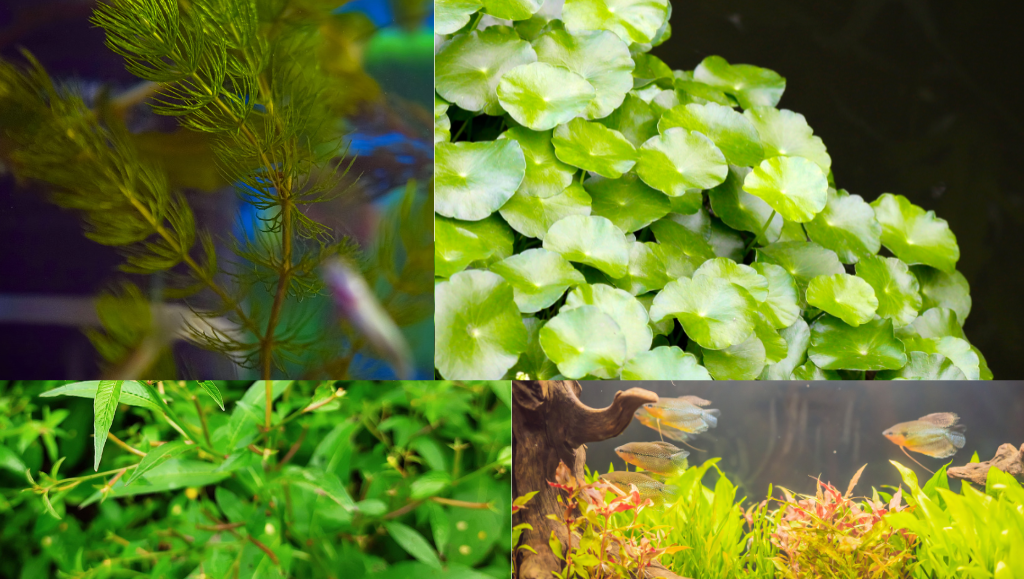

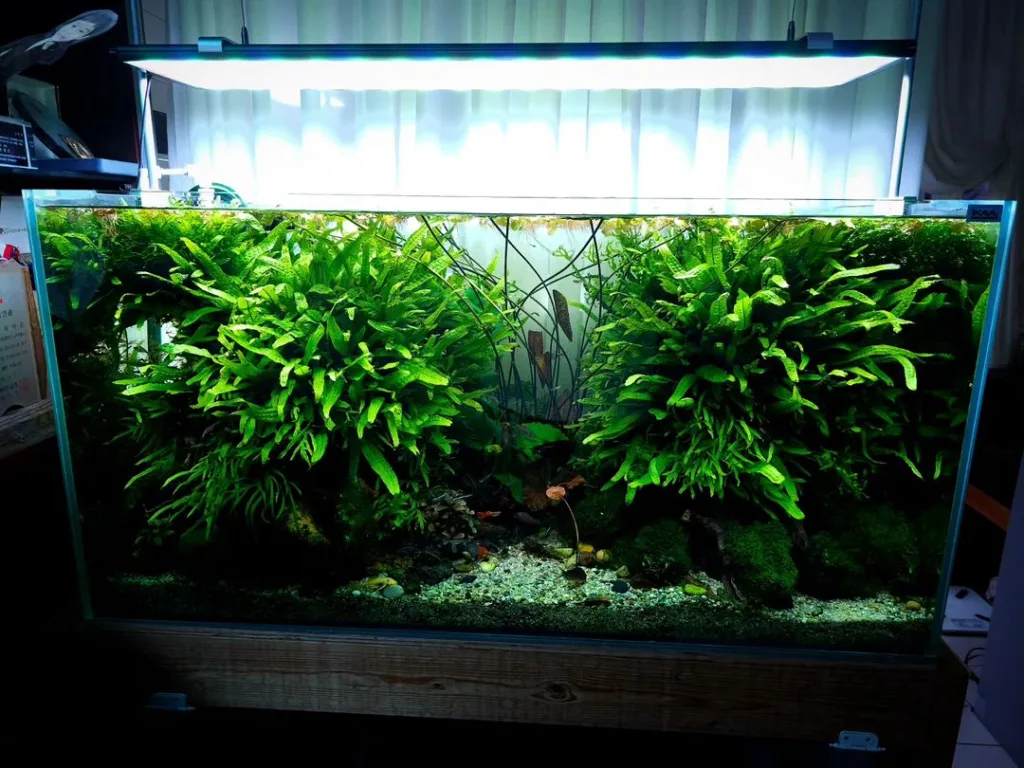
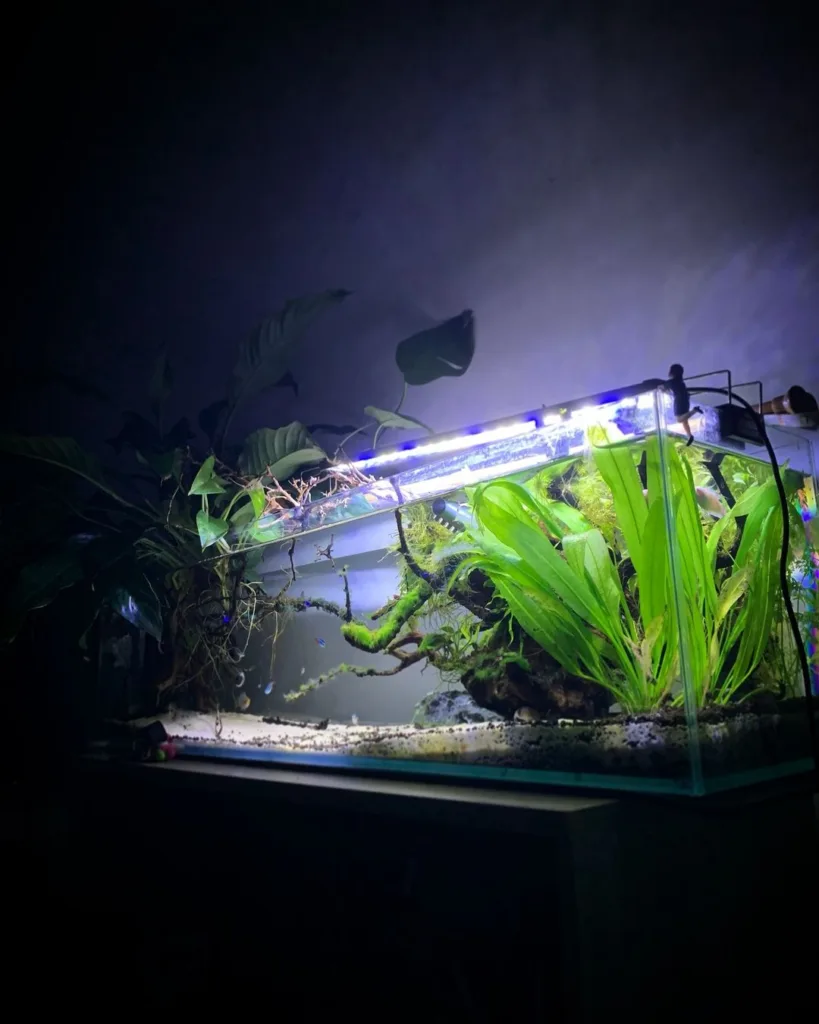
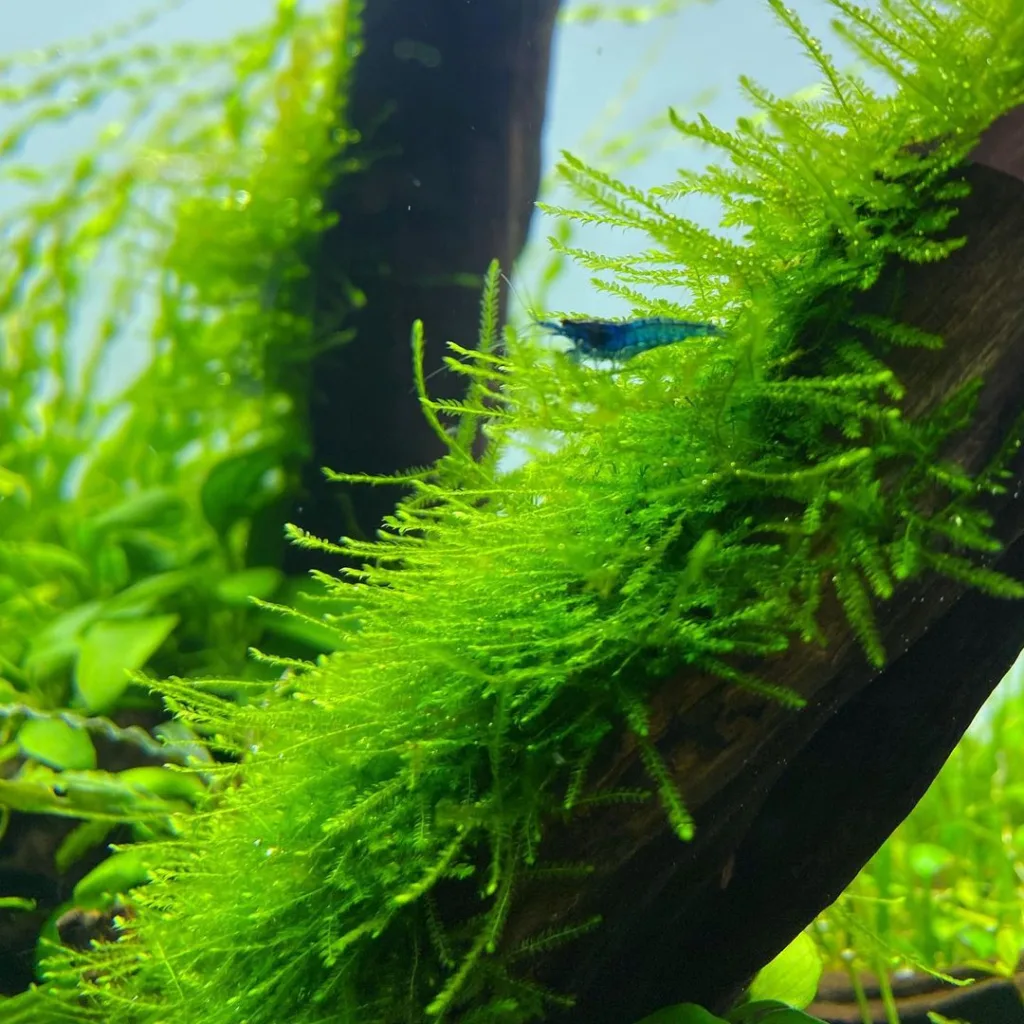
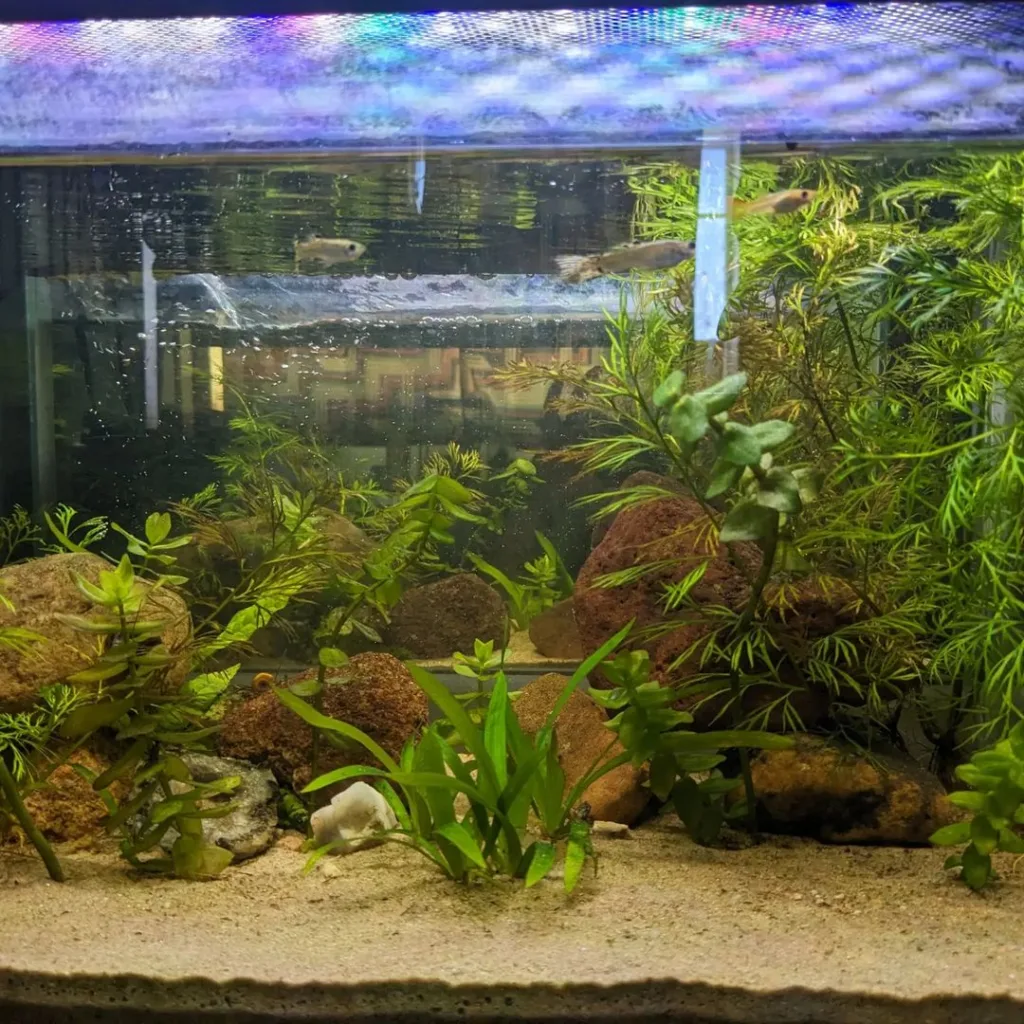
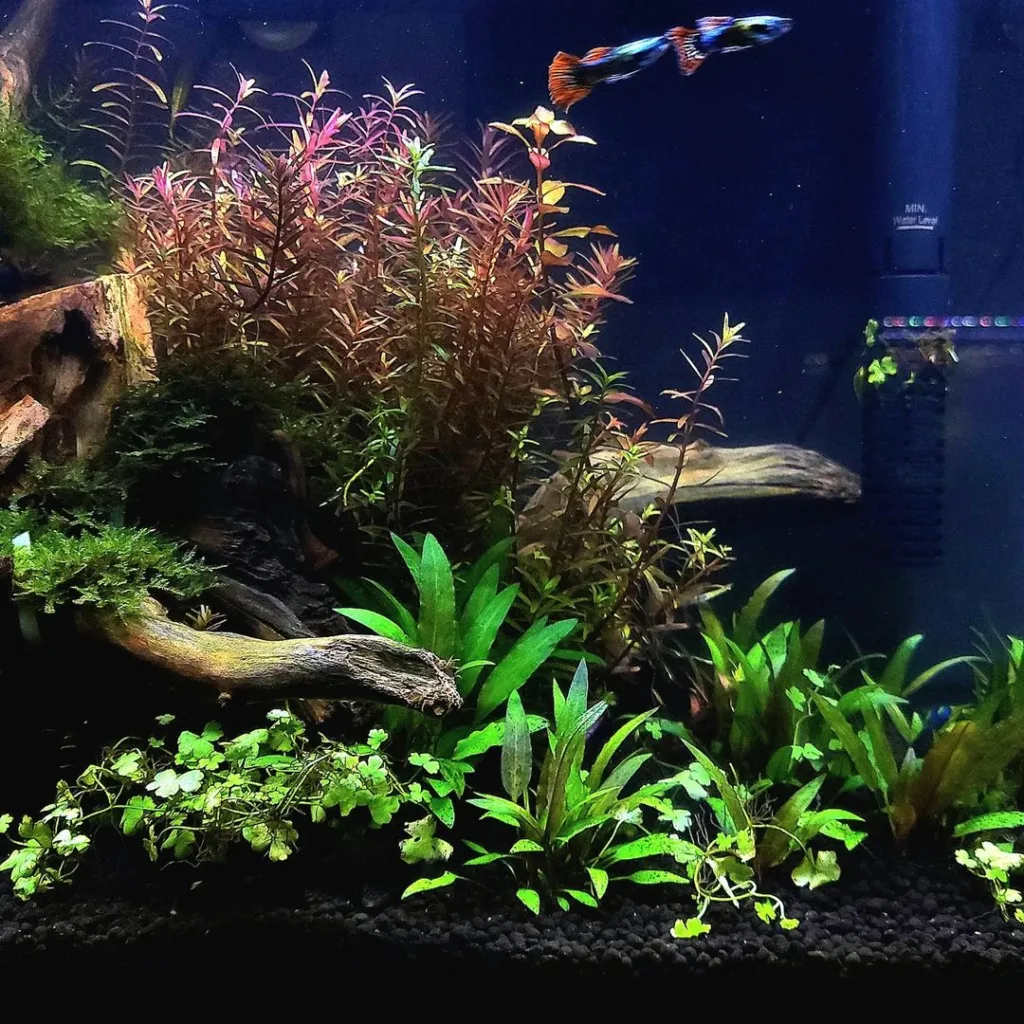
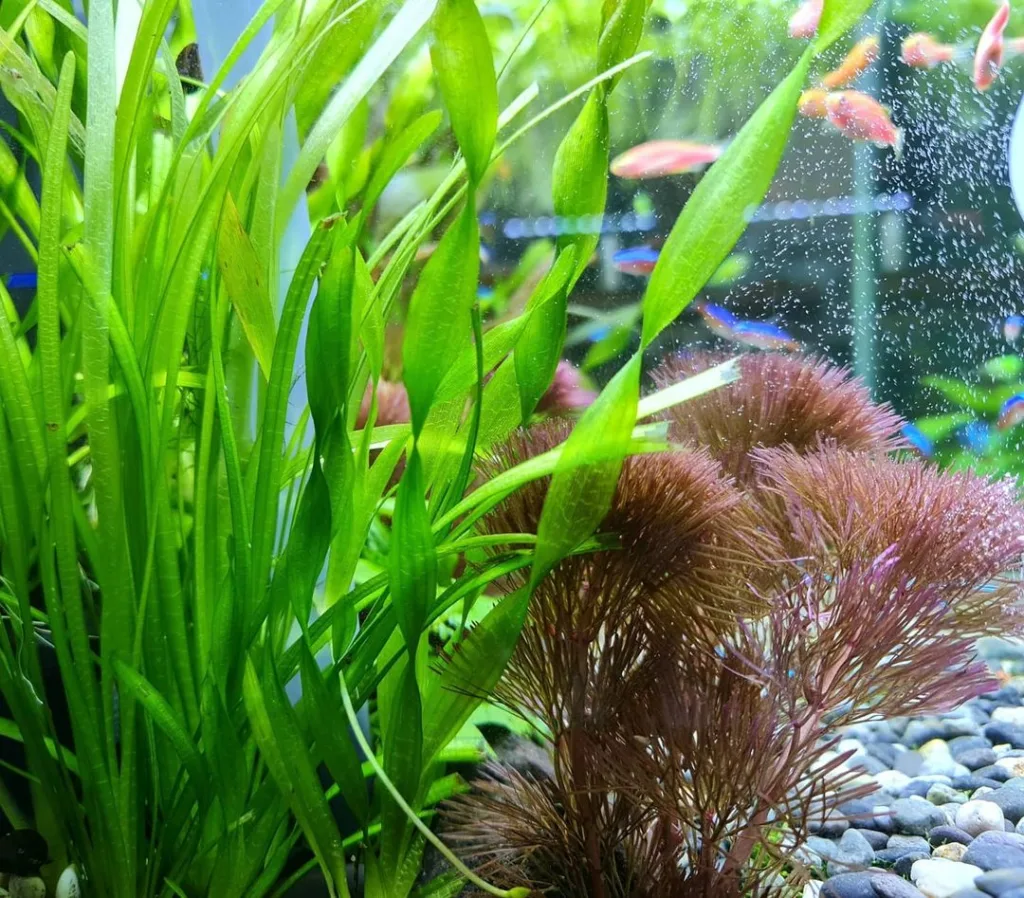
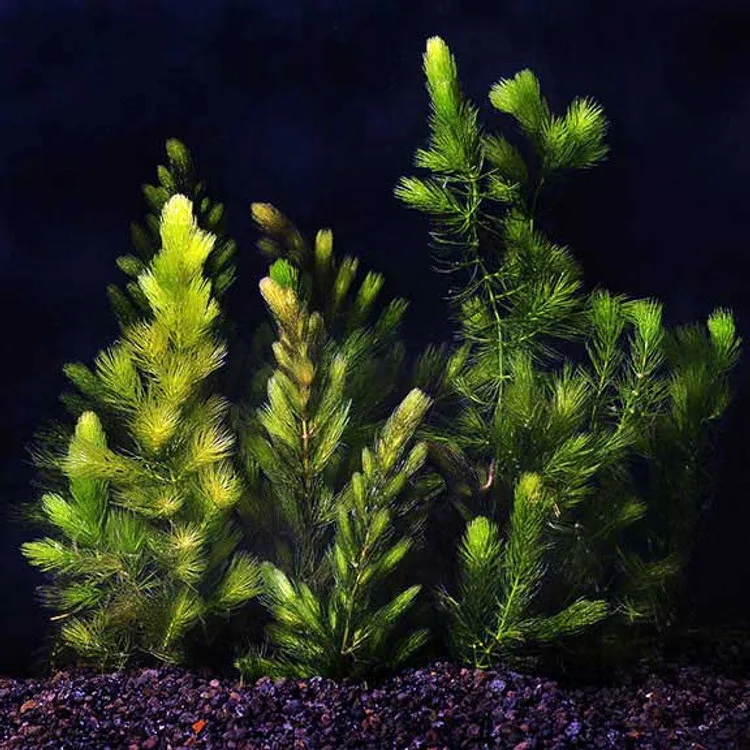

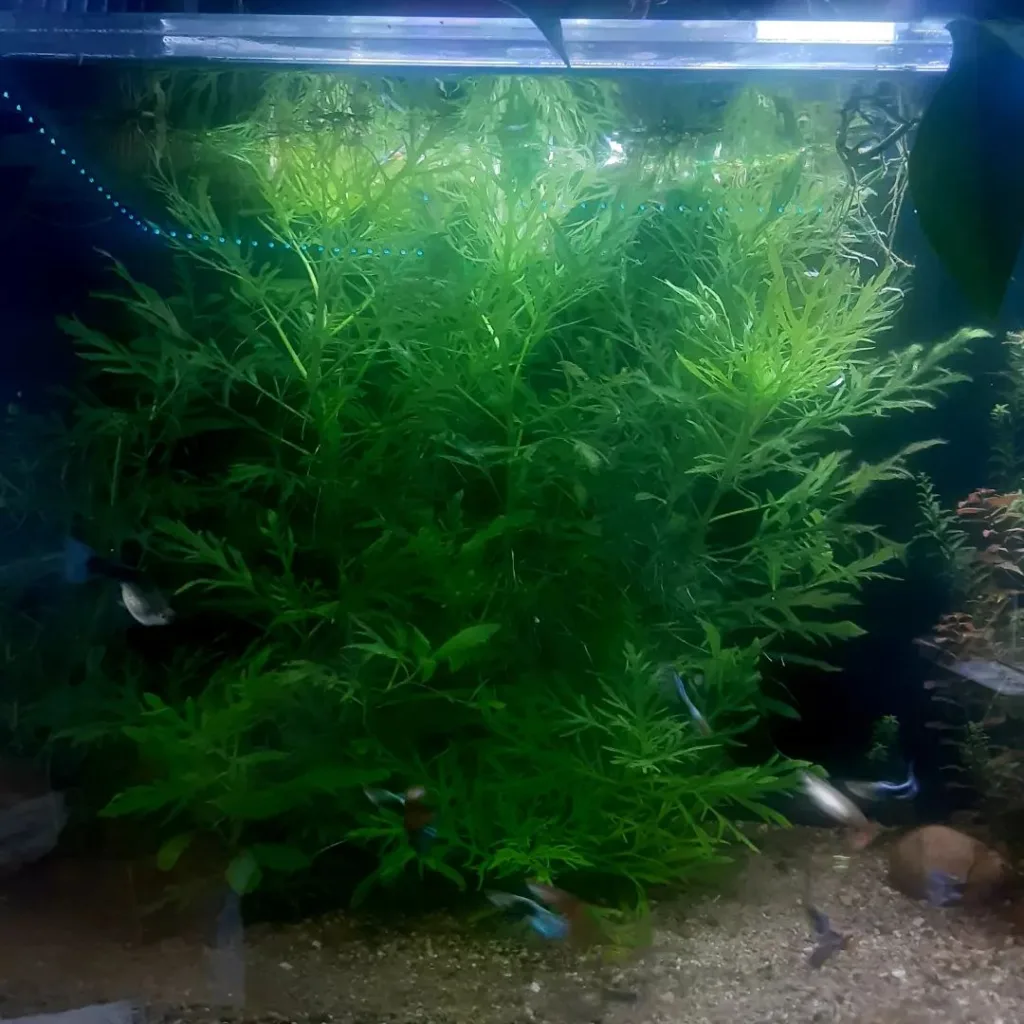
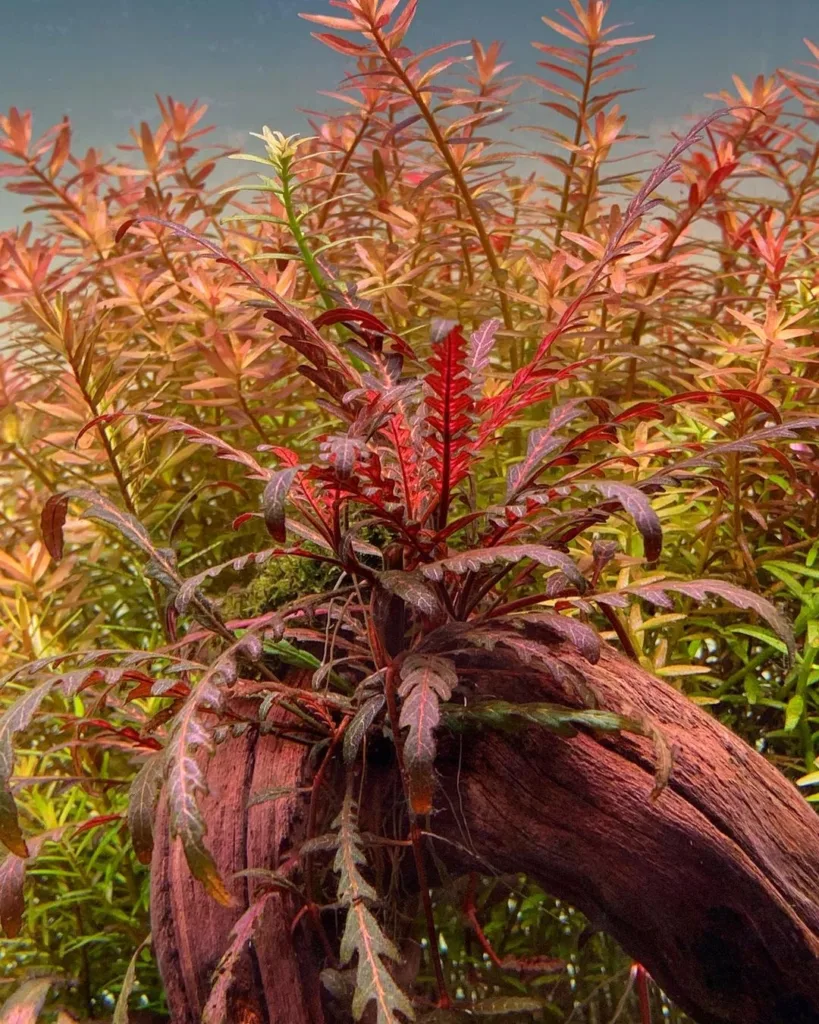

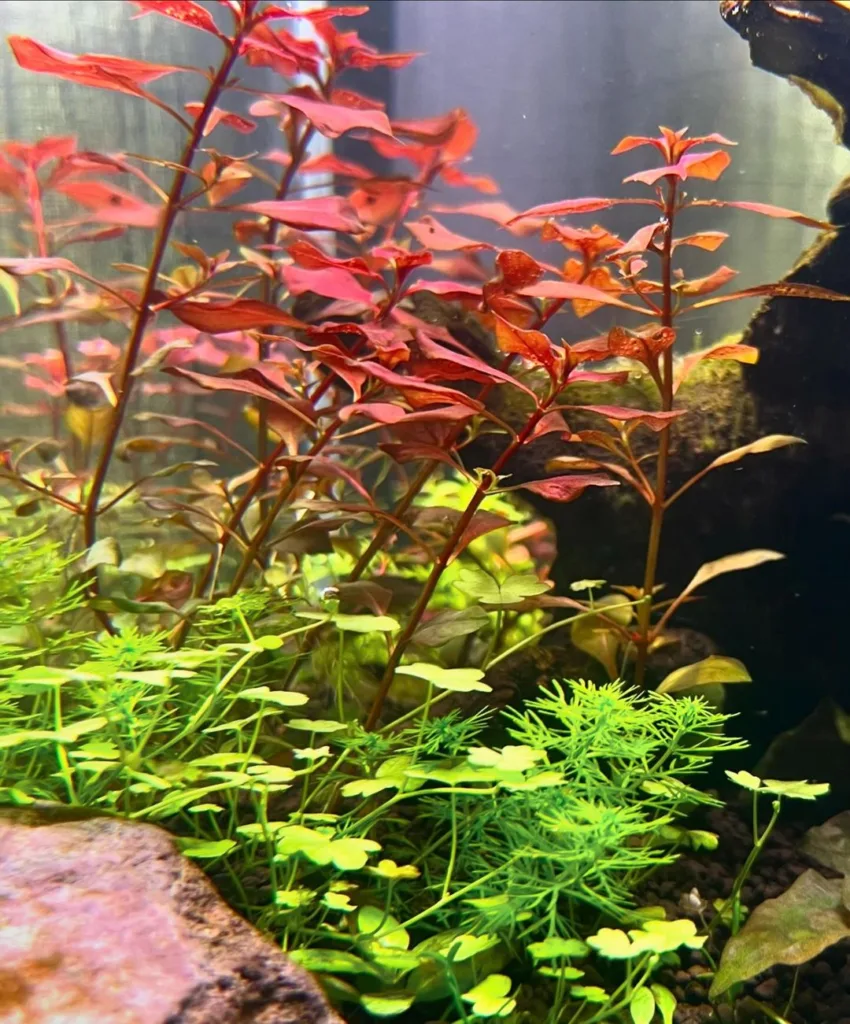
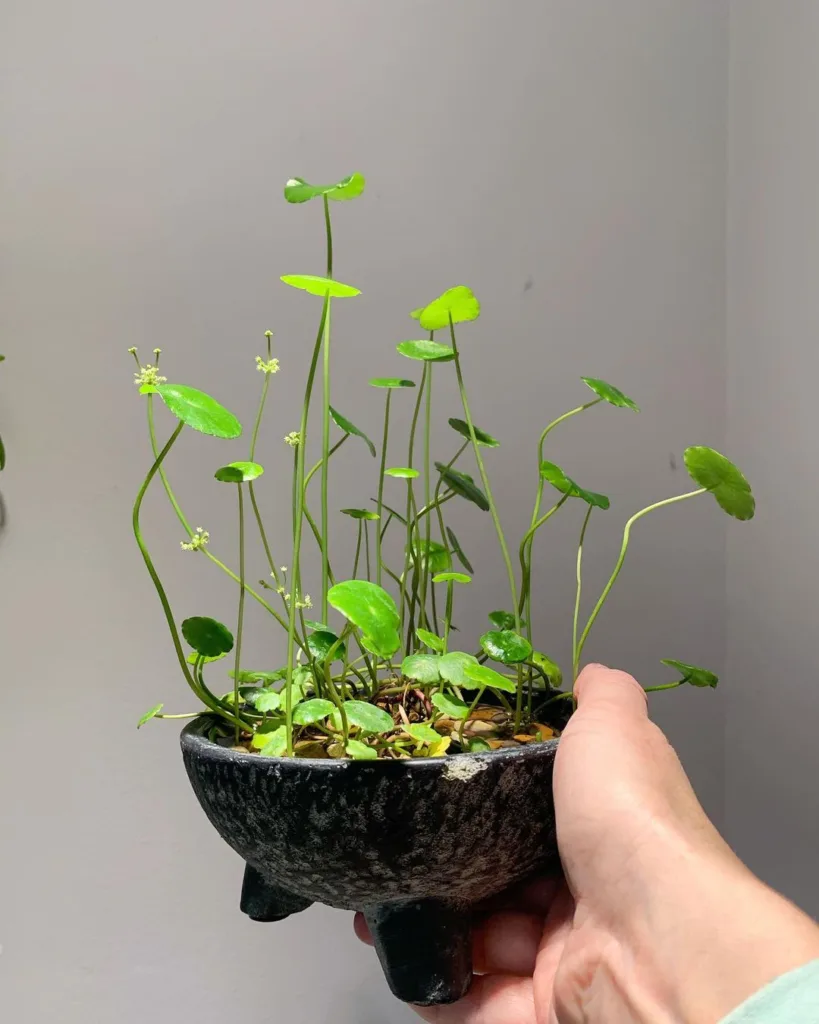


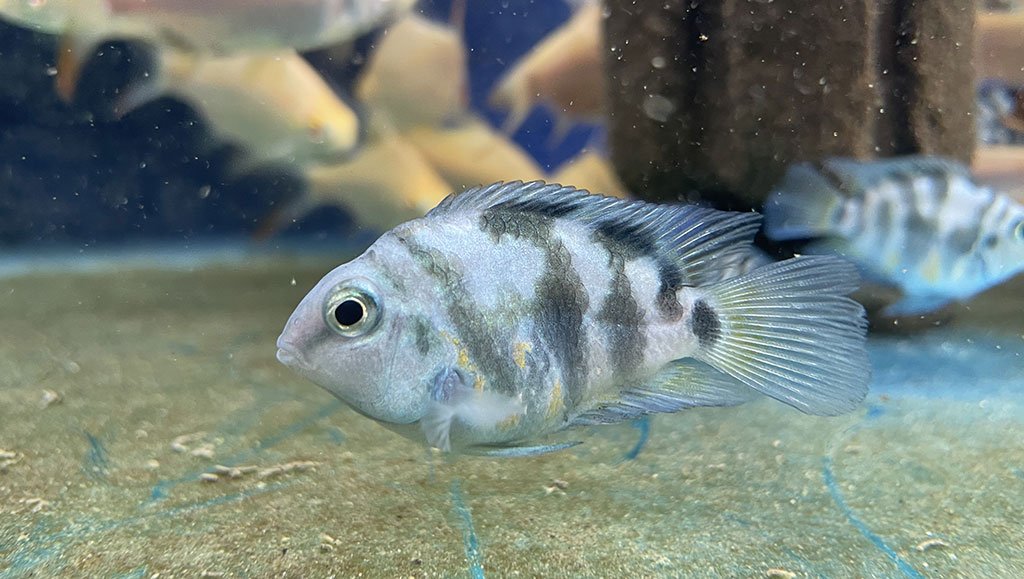
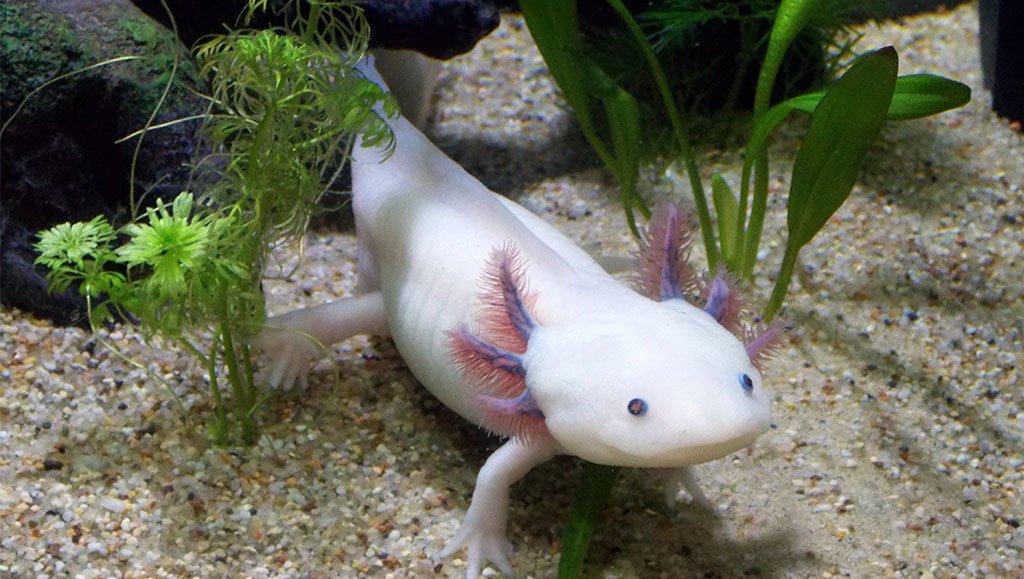

Your blog is a beacon of light in the often murky waters of online content. Your thoughtful analysis and insightful commentary never fail to leave a lasting impression. Keep up the amazing work!
Thank you so much for your incredibly kind words! It’s truly heartening to hear that you find value in our blog. We strive to provide quality content that resonates with our readers, and your feedback is a wonderful affirmation of our efforts. We’ll continue to do our best to deliver thoughtful and insightful content. Thanks again for your support and encouragement!